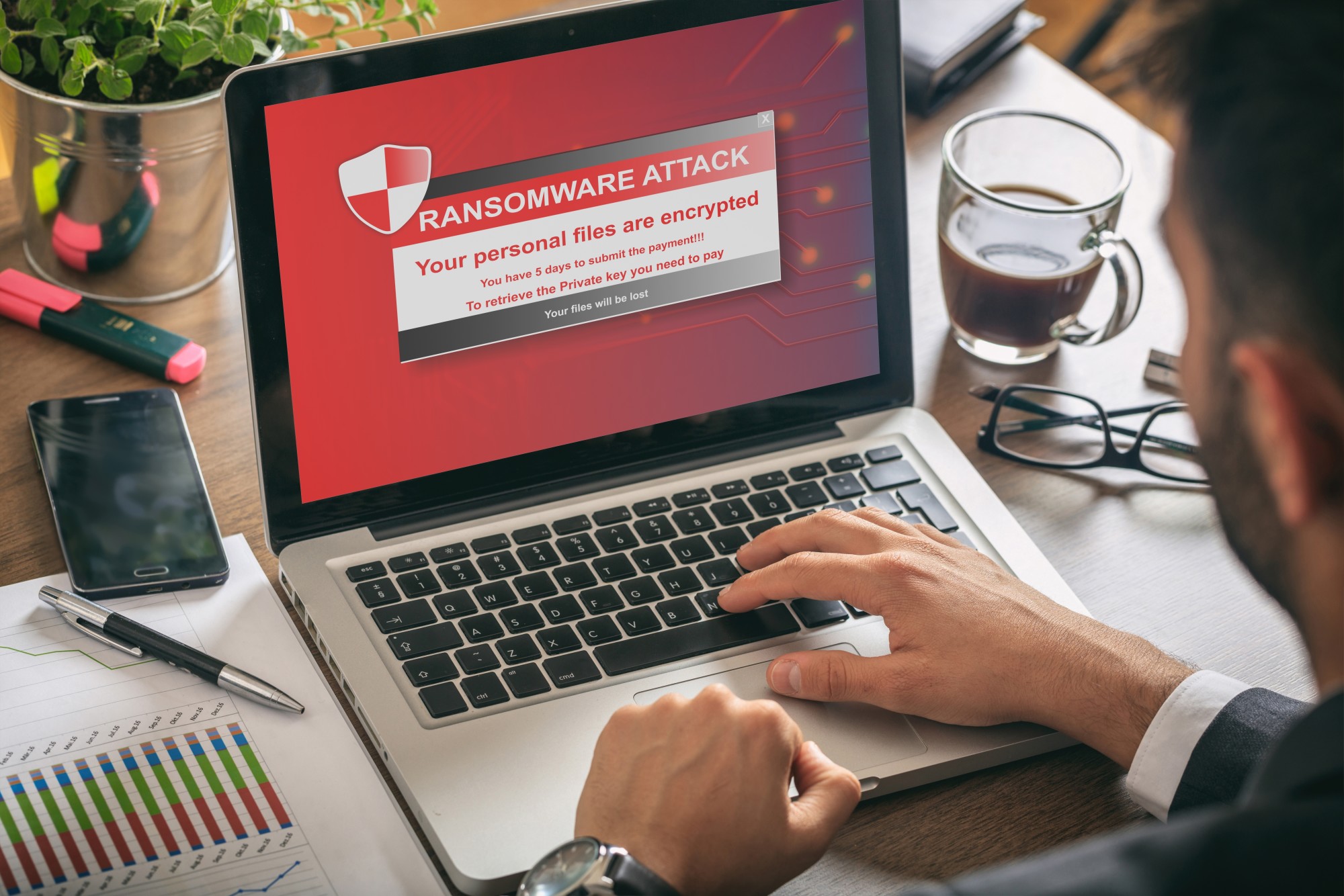The Main Types of Cyber Attacks on Businesses
Cyber attacks are rampant, and the threat continues to grow. Businesses of all sizes tangle with increased cyber theft and fraud. Businesses face additional threats when employees use personal devices for business tasks. All of these challenges can have a major impact on your bottom line.
The question becomes – how do you protect your employees and your business? Read on to learn about the different types of cyber attacks on businesses. Then you can take action to prevent or survive attacks.
Contents
Phishing Attacks
Phishing attacks are attempts by an attacker to gain private information, such as usernames, passwords, and other sensitive data. These attacks typically target an unsuspecting user or organization through an email, instant message, or website page. Often, phishing emails will contain malicious links or attachments that, when clicked, will install malicious software on the user’s device.
Additionally, attackers may also create malicious websites that appear to be legitimate in order to trick users into disclosing their personal information.
Businesses can protect themselves from these cyber attacks by implementing strong authentication protocols, always staying up-to-date on the latest security patches, educating employees on the dangers of phishing attacks, and having a solid cyber security policy in place.
Malware Attacks
Malware attacks are the most common form of a cyber attack on businesses and continue to be a major threat today. Malware is malicious software designed to secretly and without the user’s permission access a user’s system and steal, alter, or delete data. Malware may have any number of malicious intentions and can be spread through:
- websites
- malicious links
- downloaded programs
Once inside the system, malware can modify, delete, damage, steal, or even use resources on the user’s device. Common examples of malware include:
- viruses
- worms
- ransomware
- spyware
- adware
Businesses need to be vigilant with email and file downloads. They need to deploy proper security and enforce strong password policies in order to mitigate the risk of malicious software. This includes having the most up-to-date antivirus software. It should be regularly updated and restrict the software users can download to prevent malicious code from infiltrating the system.
DDoS Attacks
Cyber attacks on businesses come in all shapes and sizes, but one of the most common and dangerous is the Distributed Denial-of-Service (DDoS) Attack. A DDoS attack involves bombarding a website or server with requests to overload its infrastructure and cause it to crash. This can devastate a business, rendering its network inaccessible to customers or employees, resulting in downtime and financial losses.
Businesses can have DDoS protection by:
- deploying advanced firewalls
- patching and updating their systems
- implementing appropriate security measures
- utilizing traffic-shaping software
Additionally, they should also hire local IT support services to monitor their networks for suspicious activities as well as potential attack vectors to help mitigate potential threats. By taking these proactive steps, businesses can help protect themselves from DDoS attacks and ensure that their systems remain available and secure.
Cybersecurity Tips for the Different Types of Cyber Attacks
Overall, businesses must remain aware of the various types of cyber attacks and implement strategies to mitigate and prevent them. Companies should be sure to invest in professional support, training, and monitoring to protect themselves from cyber threats.
It is essential to protect a company’s valuable data and ensure compliance regulations are met. Take a proactive approach and be prepared with a thorough cybersecurity strategy.
To find out more, check the rest of our site today!

